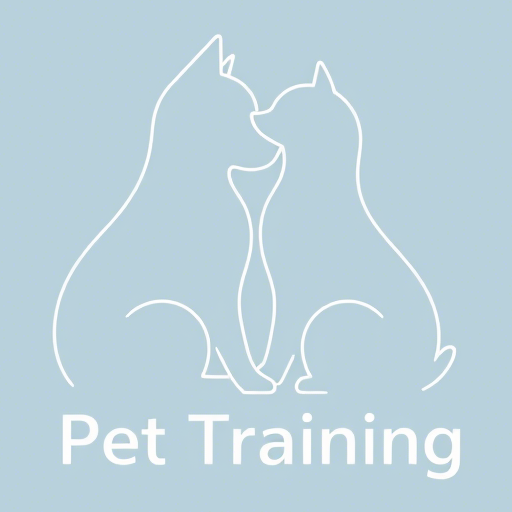Why Leash Training is Essential for Small Dogs
Many small dog owners make the mistake of thinking leash training isn’t as important for their petite pups as it is for larger breeds. At Pet Training, we’ve found the opposite to be true! Small dogs can develop just as many behavioral issues without proper leash manners, and their tiny size makes them more vulnerable to injury if they pull or lunge unexpectedly.

I’ll never forget my first experience leash training a particularly stubborn Yorkshire Terrier named Biscuit. Despite weighing just 4 pounds, he could pull with the determination of a sled dog! Through trial and error (and lots of treats), I discovered the techniques that work best for small breeds.
Choosing the Right Equipment
The foundation of successful leash training for small dogs starts with proper gear. At Pet Training, we recommend:
- A lightweight, 4-6 foot nylon or leather leash (retractable leashes aren’t ideal for training)
- A well-fitted harness that doesn’t put pressure on the delicate neck area
- Comfortable, breathable materials that won’t chafe

Step-by-Step Training Process
1. Start indoors: Begin in a quiet, familiar space with minimal distractions. Let your dog get used to wearing the harness and leash.
2. Use high-value treats: Small dogs often respond best to tiny, smelly treats they can eat quickly.
3. Keep sessions short: 5-10 minute sessions several times a day work better than one long session.
4. Practice the ‘heel’ position: Reward your dog for staying by your left side with a loose leash.

Troubleshooting Common Issues
Problem: Pulling on the leash
Solution: Stop walking immediately when your dog pulls. Only proceed when the leash is loose. Consistency is key!
Problem: Fear or resistance
Solution: Make the leash a positive association by pairing it with treats and praise. Go at your dog’s pace.
Problem: Distractions
Solution: Practice in increasingly distracting environments gradually. Carry extra tasty treats for high-distraction areas.
Advanced Tips from Pet Training Experts
Once your small dog has mastered basic leash manners, you can:
- Practice changing directions frequently to keep your dog attentive
- Incorporate fun obedience commands during walks
- Gradually introduce longer walks in new environments

Remember, every small dog learns at their own pace. What worked for my neighbor’s Dachshund might need adjustment for your Shih Tzu. The team at Pet Training is always here to help with personalized advice for your petite pup’s unique personality.
Key Takeaways for Leash Training Small Dogs
- Start early and be consistent
- Use properly fitted, comfortable equipment
- Keep training sessions short and positive
- Address problem behaviors immediately
- Celebrate small victories – they add up!
With patience and the right techniques from Pet Training, you’ll soon enjoy stress-free walks with your perfectly leash-trained small dog. Those neighborhood strolls will become bonding experiences you both look forward to!
